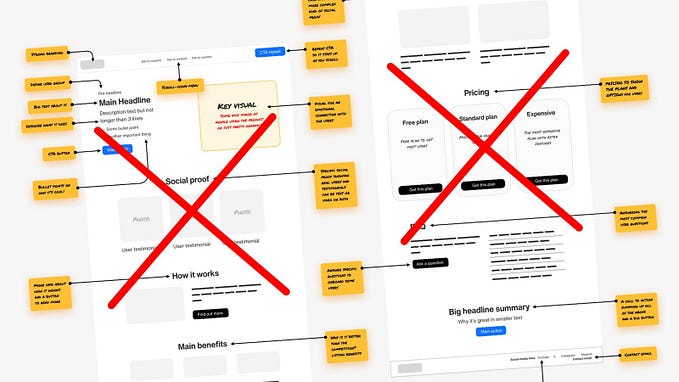Member-only story
Want people to care about users? Lay out what’s at stake if they don’t
Change is hard, but you must lay out why it’s necessary in a UX story

If nothing is at stake, nobody will care.
That’s one of the first and most critical lessons you must learn to use UX Storytelling.
UX storytelling is often considered an influential tool designers can use to connect with stakeholders and increase buy-in. However, designers often make a few fundamental mistakes before starting their stories, which results in ineffective presentations.
Before learning any story techniques or arranging your slides, you must fully define a single question:
- Why do we need to change the current design?
Don’t try to target everybody: find the authority.
One of the reasons that UX Storytelling is so valuable is that we’re often not the authority in the room.
In Stories Sell, Matthew Dicks, renowned storyteller and business consultant, talks about how his most stubborn clients are people with authority.
They believe that because they have a fancy job title, like “CEO of a Fortune 500 company”, audiences will engage with their dull slide deck and be excited about random statistics or corporate jargon.
Why bring this up? Because many designers present with the same mindset. We act like because we’re the ‘user expert’, everyone should hang on our every word.
We present using the 10-step design presentation framework that we learned in boot camp, which got you an “A” in class, and expect similar results in your organization.

Audiences don’t care what your job title is or if you’re the most powerful person in the room. If you don’t engage with them, they’ll ignore most of what you say.
So the first thing you must do is not “speak to the audience”: if a dozen people are on the call, don’t try to target everyone.






